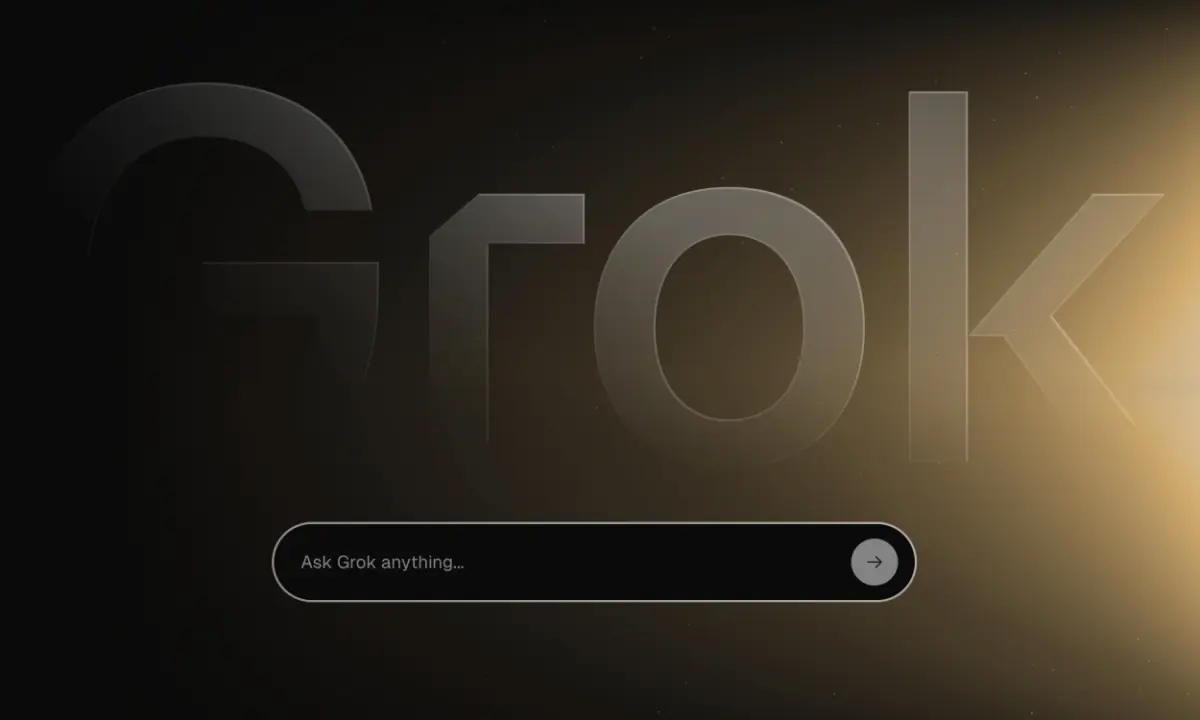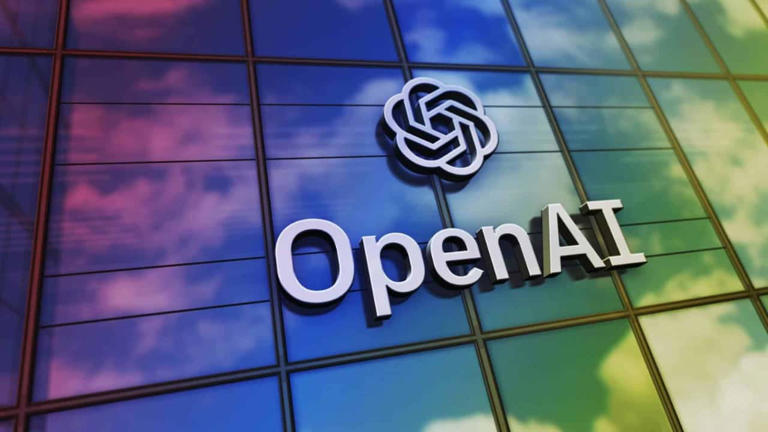News, Ethics & Drama
Gemini 2.5 Pro Goes Free: Google’s AI Game-Changer Unleashed

In a move that’s got the tech world buzzing, Google has flipped the script and made its cutting-edge Gemini 2.5 Pro model free for all users as of April 1, 2025. This isn’t just a generous giveaway—it’s a strategic power play in the artificial intelligence race. Previously locked behind a paywall for Gemini Advanced subscribers, this large language model (LLM) is now accessible to anyone with a Google account. At Prompting Fate, we’re breaking down what this means for you, the AI landscape, and why it’s a bigger deal than it might seem.
The Surprise Drop: Gemini 2.5 Pro for All
Google dropped this bombshell with little fanfare, announcing that Gemini 2.5 Pro—touted as its “most intelligent AI model” yet—is now available at no cost via the Gemini app and Google AI Studio. Launched initially for paying users on March 25, 2025, this experimental version boasts top-tier reasoning and coding chops, outpacing rivals like OpenAI’s o3 mini and Anthropic’s Claude 3.7 Sonnet on key benchmarks. The catch? Free users face rate limits—think five requests per minute versus the 20 that Advanced subscribers get—but for casual users, that’s plenty to play with.
Why Free? Google’s Big Bet
So why give away the goods? Google’s not just feeling charitable. This is about flooding the market with Gemini 2.5 Pro to hook users and developers alike. By making it free, they’re betting on mass adoption to cement their spot in the AI arms race. The model’s “thinking” capabilities—reasoning through prompts step-by-step—set it apart, and Google wants everyone to see it in action. Plus, with a million-token context window on the horizon for Advanced users, they’re keeping the premium tier enticing while democratizing the base experience.
It’s also a flex against competitors. As AI technology heats up, free access to Gemini 2.5 Pro could pull users away from pricier or less accessible models. For a deeper dive into how LLMs stack up, check out MIT Technology Review’s latest comparison.
What’s in It for You?
For the everyday user, this is a goldmine. Need help debugging code? Gemini 2.5 Pro’s got you. Wrestling with a tricky math problem? It’s a whiz at STEM. The model’s multimodal skills—handling text, images, and more—mean you can toss it anything from a screenshot to a essay prompt and get sharp, tailored answers. Developers get a kick too: free API access via Google AI Studio opens the door to building apps or tools without upfront costs. Sure, the rate limits might slow you down, but it’s a low barrier to entry for tinkering with next-gen AI.
The Ripple Effect: AI Accessibility and Beyond
This move signals a shift in AI accessibility. Freeing up Gemini 2.5 Pro could spark a wave of innovation—think indie devs cooking up wild new tools or students leveling up their projects. But it’s not all sunshine. Critics wonder if Google’s rushing this out to keep pace with rivals, potentially glossing over kinks in the “experimental” tag. And while it’s a win for users, some Advanced subscribers are side-eyeing their $19.99/month fee now that the core model’s gratis.
Where’s This Headed?
As of April 3, 2025, Gemini 2.5 Pro’s free rollout is just getting started. Google’s hinted at mobile app support soon, and with their TPUs “running hot,” expect more updates fast. This could redefine how we interact with AI technology—making it less a luxury and more a utility. Will it hold the top spot on the LMSYS Chatbot Arena leaderboard? Can it keep outsmarting the competition?
Our Take
Okay, Google just pulled a major move making Gemini 2.5 Pro free for everyone. Like, *everyone*. This feels less like generosity and more like a massive strategic play to basically carpet-bomb the market with their latest AI. Smart, right? Get millions of people using it, loving it (hopefully), and building cool stuff with it before they even think about competitors.
It’s a serious flex against rivals like OpenAI and Anthropic. Why pay or jump through hoops when Google’s handing out keys to their top-tier model (even with some rate limits)?
This could totally shift the user base and get developers hooked into the Google ecosystem super fast. Plus, it makes powerful AI feel way less like some exclusive club and more like… well, like Google Search. Just *there* for you to use. Definitely exciting for tinkerers and anyone curious, but you gotta wonder if they’re pushing it out *too* fast while it’s still ‘experimental’.
Right now I’m on the paid plan, and will stick with it…but this is amazing news for casual users.
News, Ethics & Drama
Grok Gets a Memory: xAI Chatbot Remembers Past Conversations

Get ready for more personalized chats with Grok! Elon Musk’s xAI is rolling out a new “Memory” feature for its AI chatbot, aiming to make interactions smoother and more context-aware. This move brings Grok’s capabilities closer to competitors like OpenAI’s ChatGPT, which introduced a similar memory function earlier.
The core idea behind Grok Memory is simple: the chatbot will now remember details and preferences from your previous conversations. This allows Grok to build upon past interactions, avoiding the need for users to constantly repeat information or context. For example, if you’ve previously mentioned your coding preferences or dietary restrictions, Grok should recall these details in future chats.
How Grok Memory Works
According to xAI, the feature is designed to improve the helpfulness and flow of conversations over time. As you chat more with Grok, its memory will evolve, tailoring responses more specifically to your needs and history. This could lead to more efficient problem-solving, better recommendations, and a generally less repetitive user experience.
Importantly, xAI emphasizes user control over this feature. Users will reportedly be able to view what Grok remembers, delete specific memories, or turn the entire Memory feature off if they prefer not to use it. This addresses potential privacy concerns often associated with AI systems retaining user data.
Catching Up in the AI Race
The introduction of Memory positions Grok more competitively against other leading AI chatbots. Remembering context is becoming a standard expectation for sophisticated AI assistants, and this update helps xAI keep pace. The feature is reportedly rolling out gradually to Grok users.
Our Take
So Grok is finally getting a memory, letting it remember stuff from past chats. Makes sense – it’s kinda table stakes now if you want to compete with ChatGPT. No one likes repeating themselves to an AI, so this should make using Grok feel less like starting from scratch every single time.
Giving users control to see, delete, or turn off the memory is definitely the right call, hitting those privacy concerns head-on. Still, it shows how crucial personalization (and the data that fuels it) is becoming in the AI chatbot game. It’s all about making these tools feel less like generic bots and more like assistants that actually know you.
This story was originally featured on Beebom.
News, Ethics & Drama
OpenAI Ups the Ante with New ‘Reasoning’ Models: Meet o1 and GPT-4.5 Turbo

OpenAI is pushing the boundaries again, rolling out a fresh batch of AI models designed to tackle more complex tasks with deeper reasoning capabilities. Headlining the release are the new ‘o1’ models – o1-preview and o1-mini – alongside an updated GPT-4.5-Turbo, signaling a continued focus on enhancing how AI processes information and interacts with the world.
The key innovation with the o1 series appears to be a more deliberate, step-by-step “thinking” process. Unlike standard large language models (LLMs) that often generate the first plausible answer, these models are built to reason through problems more methodically before providing a response. This approach aims to improve accuracy and reliability, especially for complex queries in areas like science, math, and coding.
Introducing the New Lineup:
- o1-preview: Positioned as the top-tier reasoning model, designed for the most demanding tasks requiring deep analysis and multi-step thought.
- o1-mini: A smaller, faster, and more cost-effective version, making advanced reasoning capabilities more accessible for applications where speed or budget is a key factor.
- GPT-4.5-Turbo: An updated version of their flagship GPT-4 model, likely incorporating performance improvements, knowledge updates, and potentially enhanced efficiency.
Beyond Text: Images and Tools
These new models aren’t just about text-based reasoning. OpenAI is also highlighting their multimodal capabilities, specifically the ability to analyze images and understand visual information. Furthermore, enhanced “tool use” or “function calling” allows these models to more effectively leverage external tools or APIs to perform actions or retrieve specific information, making them more versatile assistants.
These models are being made available through OpenAI’s API for developers and are also being integrated into ChatGPT, likely replacing older underlying models for users. OpenAI also mentioned updates to pricing, suggesting potentially lower costs for some of these advanced capabilities, further fueling competition in the AI space.
Our Take
So OpenAI is dropping models that actually try to “think” step-by-step? That feels like a pretty significant shift. Instead of just spitting out fancy text, the ‘o1’ series sounds like it’s built to actually *reason* through problems, which could be huge for tackling complex stuff accurately.
Making a cheaper ‘mini’ version is also smart – it gets these more powerful reasoning tools into more hands faster. It keeps the heat on competitors and pushes the whole field towards AI that doesn’t just talk, but hopefully understands and solves problems more reliably. Definitely watching this space closely!
This story was originally featured on Business Insider.
News, Ethics & Drama
NaNoWriMo Shuts Down Amid Financial Woes and Community Controversies

The National Novel Writing Month (NaNoWriMo) organization, a beloved online writing community known for its annual November challenge, has announced it is shutting down after 25 years. The nonprofit cited long-term financial difficulties as the primary reason for its closure.
Founded in 1999, NaNoWriMo grew from a simple mailing list into a global phenomenon, encouraging hundreds of thousands of aspiring authors to pen a novel draft in just 30 days. However, recent years saw the organization facing significant headwinds beyond just its finances.
Controversy flared up last year, significantly impacting community support. One major point of contention was NaNoWriMo’s stance seemingly in favor of using artificial intelligence in creative writing. This position led to high-profile resignations from its board, including bestselling authors Maureen Johnson and Daniel José Older. Their departure mirrored widespread anxiety among writers about AI models being trained on their work without consent, potentially jeopardizing their careers.
Simultaneously, the nonprofit faced criticism over inconsistent content moderation on its forums, particularly concerning the safety of younger participants. Community members argued that these moderation issues created an unsafe environment for teens.
While a NaNoWriMo spokesperson, identified as Kilby in a YouTube statement, emphasized that the recent controversies weren’t the direct cause of the shutdown, they acknowledged the impact. The statement suggested the closure was more fundamentally tied to the financial unsustainability often faced by nonprofits, stating, “Too many members of a very large, very engaged community let themselves believe the service to be provided was free.”
The demise of NaNoWriMo marks the end of an era for many writers and highlights the complex challenges facing online communities, especially when navigating issues like AI ethics, content moderation, and nonprofit funding.
Our Take
So NaNoWriMo is closing shop. While they point to money woes, you can’t ignore how their nod towards AI in writing blew up last year. It definitely cost them support when authors were already stressed about AI taking over. It makes you wonder, though – maybe they should have doubled down?
Instead of backing off, fully embracing AI’s role could have been a bold move, trying to lead the conversation. But hey, combining that kind of community pushback with shaky finances and moderation drama? That’s a seriously tough spot for any non-profit to navigate.
This story was originally featured on TechCrunch.
-

 Prompted Pixels2 weeks ago
Prompted Pixels2 weeks agoCute Severance Action Figures
-

 News, Ethics & Drama2 weeks ago
News, Ethics & Drama2 weeks agoSo, Why’s OpenAI Suddenly Sharing? It’s Not Just About the Competition
-

 News, Ethics & Drama2 weeks ago
News, Ethics & Drama2 weeks agoElon Musk’s xAI Acquires X: The Future of AI and Social Media Collide
-

 News, Ethics & Drama2 weeks ago
News, Ethics & Drama2 weeks agoSurveys Say Students Are Hooked on AI, But Learning’s Taking a Hit
-

 News, Ethics & Drama2 months ago
News, Ethics & Drama2 months agoOpenAI Unveils GPT-4.5: A Focus on Conversational Nuance
-

 Writing2 weeks ago
Writing2 weeks agoSudowrite Review (2025): Can It Match Human Writing?
-

 Video Vibes1 week ago
Video Vibes1 week agoSurreal Cityscape – SORA Video by Jesse Koivukoski
-

 News, Ethics & Drama1 week ago
News, Ethics & Drama1 week agoNaNoWriMo Shuts Down Amid Financial Woes and Community Controversies






















